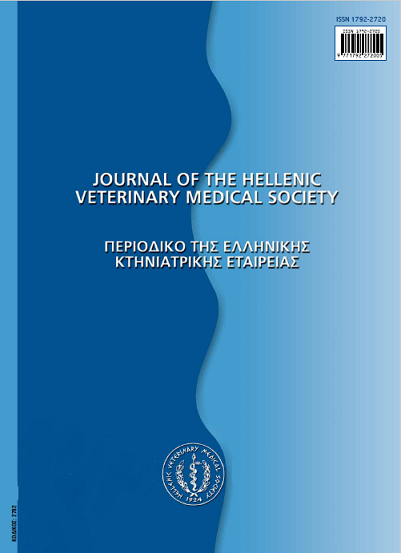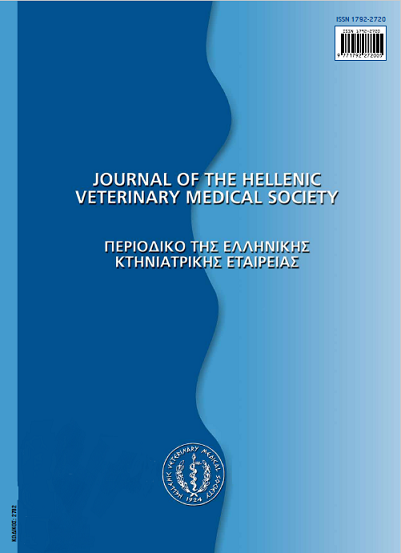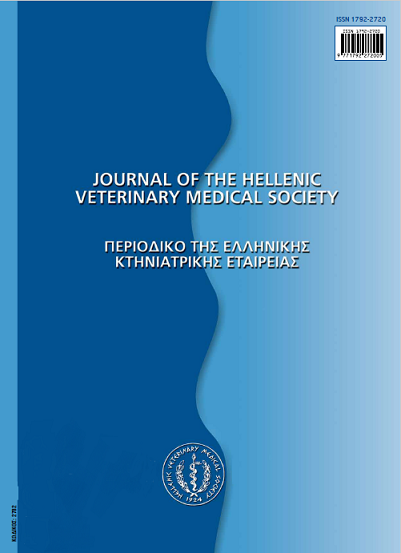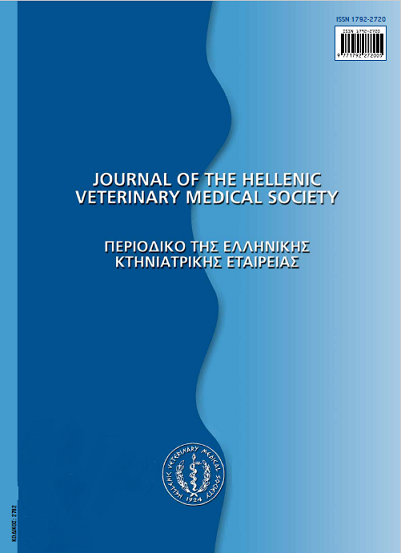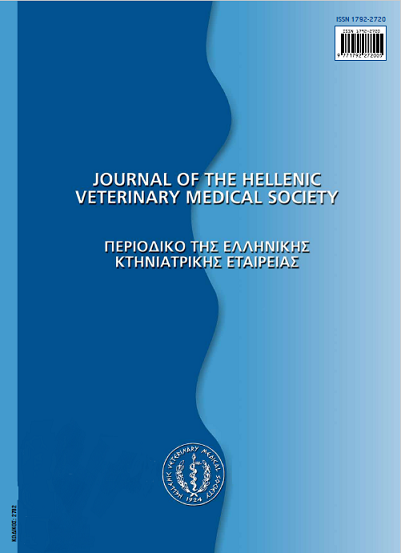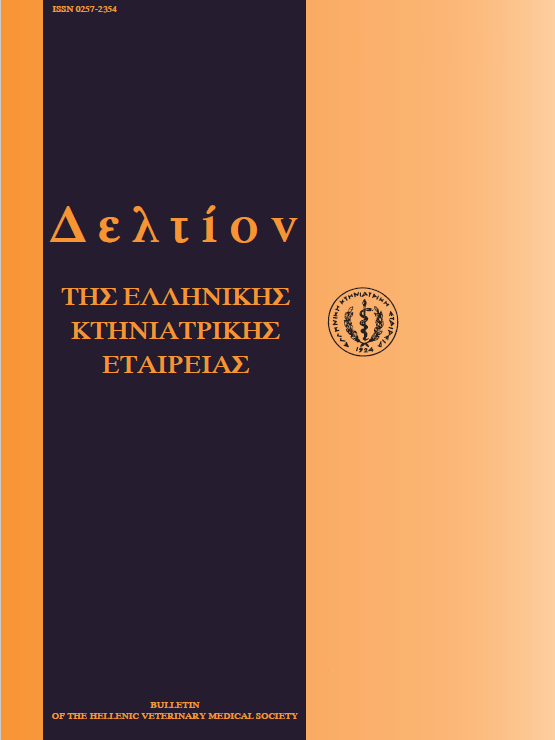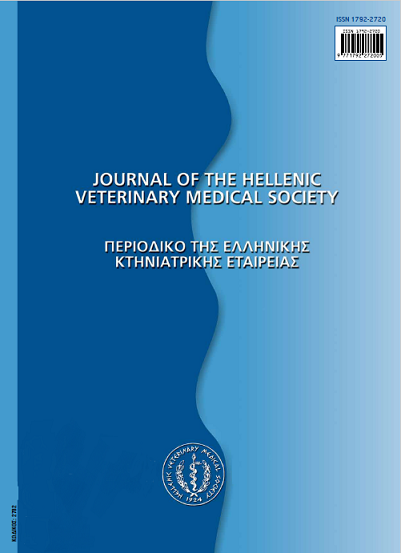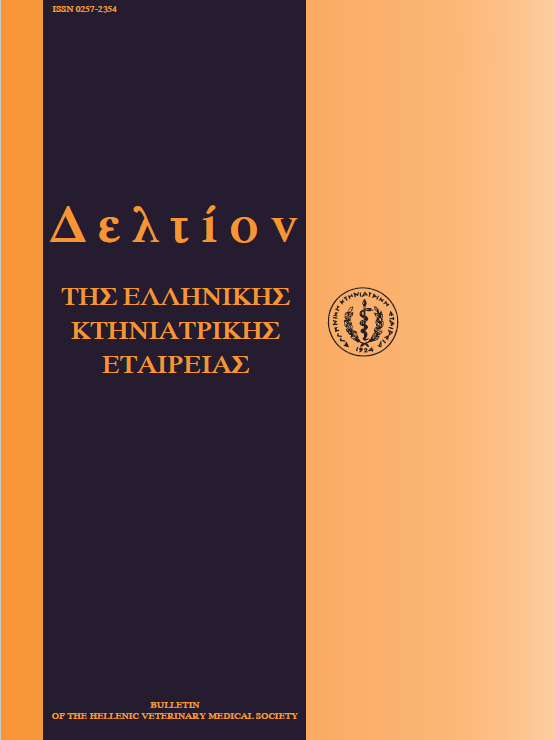Canine babesiosis
Abstract
The causative agents of canine babesiosis are Babesia canis and B. gibsoni which are transmitted by various hard tick species and blood transfusions. In the hyperacute form of the disease hypothermia, shock, severe metabolic acidosis and disseminated intravascular coagulation usually precede the death of the dog occuring in less than 24 hours. Severe anemia, icterus, splenomegaly and peripheral lymphadenopathy characterize the acute form of the disease. Intermittent fever and progressive loss of body weight may be noticed in the chronic form of babesiosis, while its many atypical clinical manifestations (e.g. ascites, gastrointestinal signs, CNS disease, subcutaneous edema, masticatory myositis) often cause diagnostic confusion. The organism detection on RBC in thin blood smears made from the buffy coat is a must for definitive diagnosis. The IFA test is a good choice for screening large numbers of dogs for detecting the asymptomatic carriers. Complete parasitological cure can be obtained with imidocarb dipropionate, pentamidine isethionate or diminazene aceturate, while metronidazole and clindamycin have been recently suggested as good alternatives. Supportive care is considered crucial for the survival of the severely affected animals. While effective tick control is the mainstay of prevention, doxycycline and imidocarb may also play a significant role to that goal. The effectiveness of a killed vaccine is still a matter of controversy.
Article Details
- How to Cite
-
MYLONAKIS (Μ.Ε. ΜΥΛΩΝΑΚΗΣ) M. E., BILLINIS (Χ. ΜΠΙΛΛΙΝΗΣ) C., KOUTINAS (X. ΚΟΥΤΙΝΑΣ) C., & KOUTINAS (Α. Φ. ΚΟΥΤΙΝΑΣ) A. F. (2018). Canine babesiosis. Journal of the Hellenic Veterinary Medical Society, 52(3), 225–231. https://doi.org/10.12681/jhvms.15451
- Issue
- Vol. 52 No. 3 (2001)
- Section
- Review Articles

This work is licensed under a Creative Commons Attribution-NonCommercial 4.0 International License.
Authors who publish with this journal agree to the following terms:
· Authors retain copyright and grant the journal right of first publication with the work simultaneously licensed under a Creative Commons Attribution Non-Commercial License that allows others to share the work with an acknowledgement of the work's authorship and initial publication in this journal.
· Authors are able to enter into separate, additional contractual arrangements for the non-exclusive distribution of the journal's published version of the work (e.g. post it to an institutional repository or publish it in a book), with an acknowledgement of its initial publication in this journal.
· Authors are permitted and encouraged to post their work online (preferably in institutional repositories or on their website) prior to and during the submission process, as it can lead to productive exchanges, as well as earlier and greater citation of published work.




